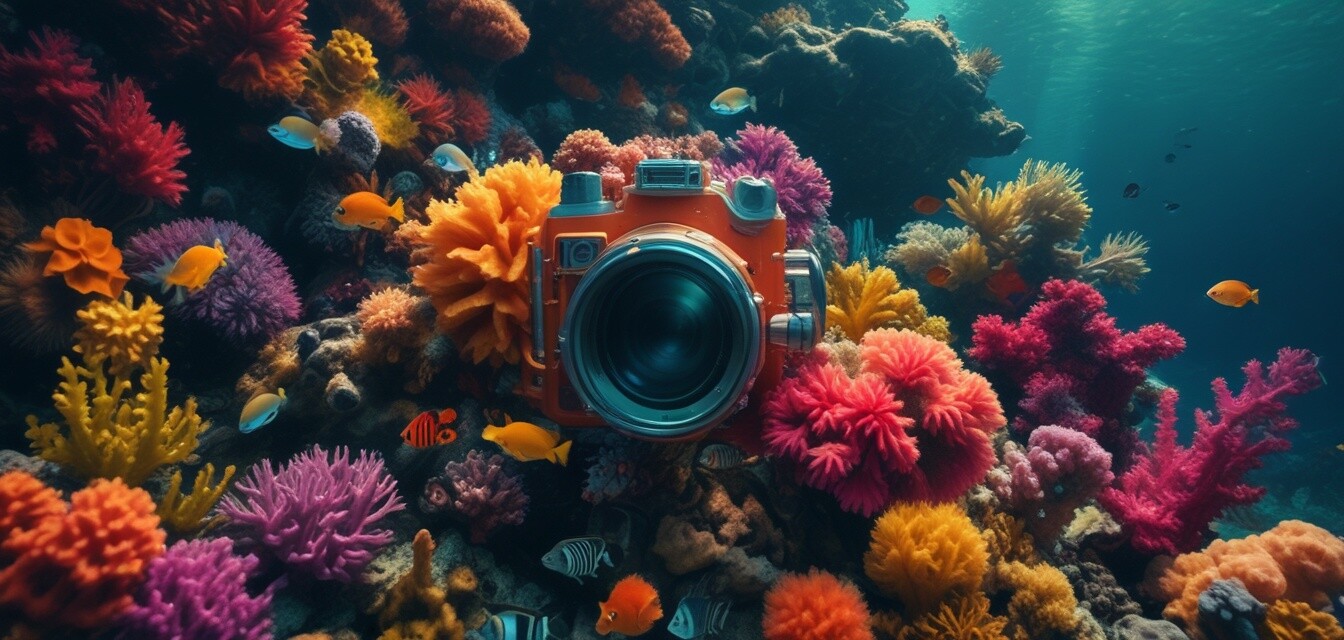
How to Get the Most Out of Your Underwater Housing
- Choose the right underwater housing for your camera.
- Familiarize yourself with all controls before diving.
- Use proper lighting techniques for enhanced image quality.
- Understand buoyancy and weight distribution.
- Regular maintenance is crucial for optimal performance.
Underwater photography can be a deeply rewarding experience, but maximizing the performance of your underwater housing is essential for capturing stunning images. Proper preparation, knowledge, and technique will allow you to focus on the beauty beneath the waves, ensuring you capture every moment effectively. In this article, we'll cover key tips and techniques to get the most out of your underwater housing.
Choosing the right underwater housing
Your underwater housing is the most critical accessory for underwater photography. It protects your camera from water damage while allowing you to use its features. Here’s what to consider:
- Compatibility: Ensure the housing fits your camera model perfectly to avoid any leaks.
- Material: Look for durable materials like polycarbonate or aluminum that withstand underwater conditions.
- Control Access: Check if you can easily access controls like shutter, mode dial, and other important features.
- Depth Rating: Choose a housing with a depth rating that matches your diving needs.
Recommended housing brands
When selecting underwater housing, consider reputable brands known for their quality and reliability. You can find more details in our guide on Buying guides.
Familiarize yourself with controls
Before your dive, take the time to familiarize yourself with all the controls of your underwater housing. This preparation can help prevent missed shots:
- Practice using your camera in shallow water.
- Get comfortable with the buttons and settings while above water.
- Understand how the housing’s buttons correspond to camera functions.
Lighting techniques
Good lighting is essential for breathtaking underwater photography. Here are some tips to improve your lighting:
- Use an external flash or strobe for better lighting options.
- Get close to your subject to minimize light loss.
- Utilize ambient light wisely; dive during better visibility conditions.
Understanding buoyancy and weight distribution
Proper buoyancy is critical for ease of handling and avoiding equipment damage:
- Neutral buoyancy: Achieving this allows you to maneuver comfortably underwater.
- Weight adjustments: Use weights to counteract the buoyancy of your setup.
For further depth in understanding buoyancy, check out our Tips and Techniques section.
Regular maintenance
Cleaning and maintaining your underwater housing will prolong its life:
- Rinse your housing with fresh water after each dive.
- Check O-rings for wear and tear regularly.
- Store your housing in a cool, dry place when not in use.
Common mistakes to avoid
Learning from others can help you avoid common pitfalls while using underwater housing:
- Failing to test your housing before a big dive.
- Neglecting maintenance and cleaning routines.
- Ignoring depth ratings and limits.
Pros
- Allows for high-quality photography underwater.
- Protects your camera from water damage.
- Enhances your portfolio with unique images.
Cons
- Can be expensive depending on model and brand.
- May require extra accessories like flashes or lights.
Conclusion
Getting the most out of your underwater housing ultimately involves proper selection, familiarity with controls, and ongoing maintenance. Follow these tips above to ensure your underwater photography experiences are enjoyable and successful. To learn more about related gear, visit our Underwater Cameras section.

